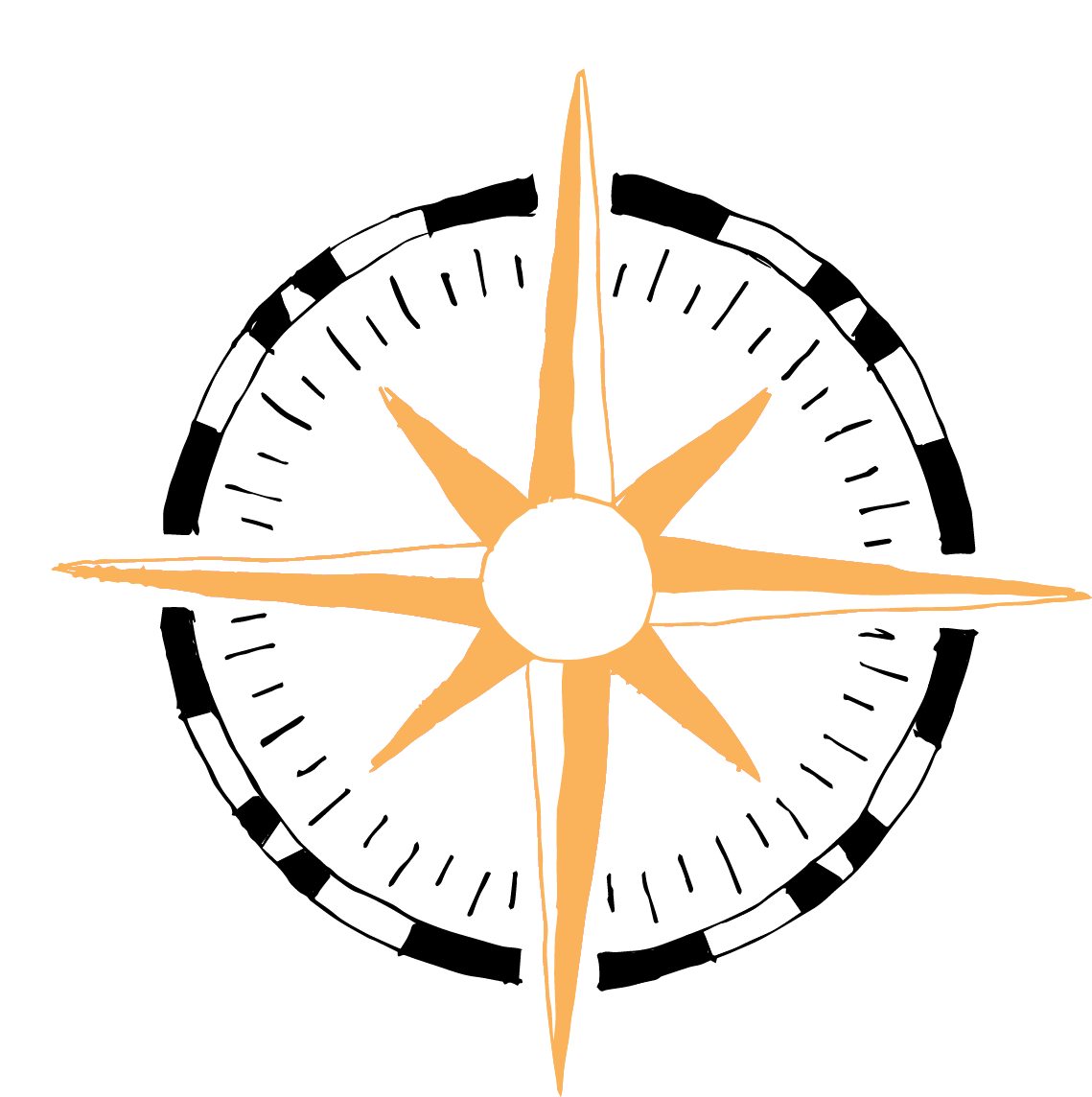NorthStar’s STEAM learning resources are great for many different educational philosophies and settings. These STEAM activities can be used alongside homeschool unit studies or STEM lessons in the classroom, as a fun activity for independent learning time, or to enhance the science curriculum of your choice. These simple cards can be paired with many different unit study themes from birds to bridges! Unschoolers will love using these cards for strewing. Can You Build It? was designed with secular homeschool families in mind, but it is equally as useful for classrooms, cooperatives, afterschool programs, summer camps, and science clubs. The flexible open-ended STEM challenge prompts encourage child-led learning with inquiry and discovery at the core of the activity design. All activities are kid-tested and kid-approved so the fun is guaranteed!
This Challenge card STEAM deck guide is packed full of easy, fun STEAM activities for elementary kids:
24 STEAM Challenge cards
An overview of the design process
Design tracking sheet to guide them along the way
-
NGSSK-2-ETS1-2: Develop a simple sketch, drawing, or physical model to illustrate how the shape of an object helps it function as needed to solve a given problem.
NGSSK-2-ETS1-3: Analyze data from tests of two objects designed to solve the same problem to compare the strengths and weaknesses of how each performs.
NGSSMS-ETS1-2: Evaluate competing design solutions using a systematic process to determine how well they meet the criteria and constraints of the problem.
NGSSK-2-ETS1-1: Ask questions, make observations, and gather information about a situation people want to change to define a simple problem that can be solved through the development of a new or improved object or tool.
NGSS3-5-ETS1-3: Plan and carry out fair tests in which variables are controlled and failure points are considered to identify aspects of a model or prototype that can be improved.
NGSS3-5-ETS1-2: Generate and compare multiple possible solutions to a problem based on how well each is likely to meet the criteria and constraints of the problem.
NOTE: This product is a digital download. No physical copy will be sent. Sales are final. We recommend downloading within the first 24 hours. You are purchasing a document license for one household only. Please do not share or redistribute - our small business depends on your honesty!
If you are looking for printing services, we have partnered with Watson Family Press to provide our customers with discounted printing costs. The code will be provided to you in your download email.
The NorthStar Approach - A Learning Adventure
Engage: Great books and media recommendations help teach the big ideas.
Explore: Hands-on science explorations, process art, food fun, and more provide multi-sensory learning experiences to deepen understanding.
Express: Children are encouraged to track their observations in their Discovery Journal and to reflect about their key discoveries at the end of their studies.
Extend: Children are encouraged to take it further with resources to deepen learning about the topic and additional project ideas. Each lab includes optional cross-curricular extensions, including math and literacy activities with poetry copy work, wordplay, math fun, and story starters.












